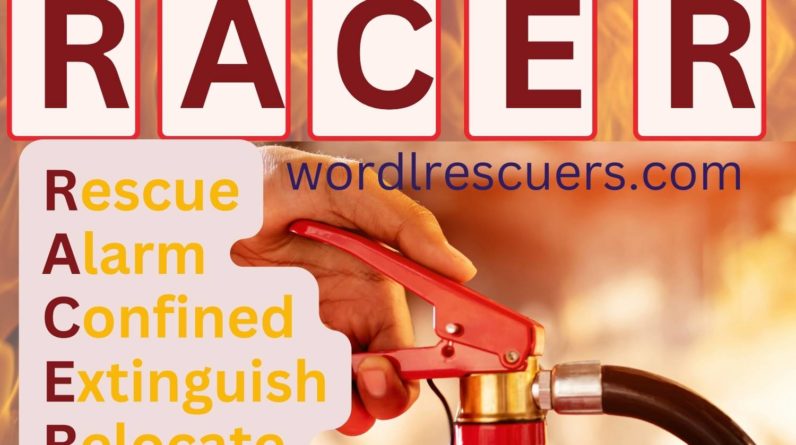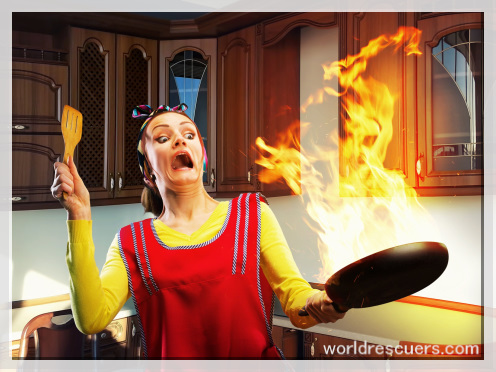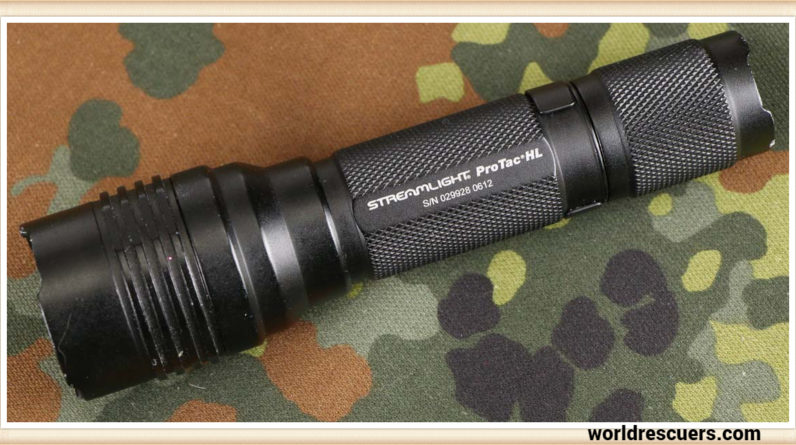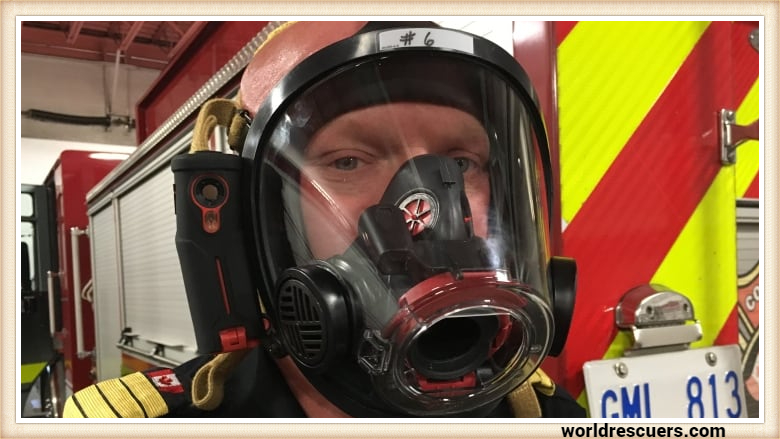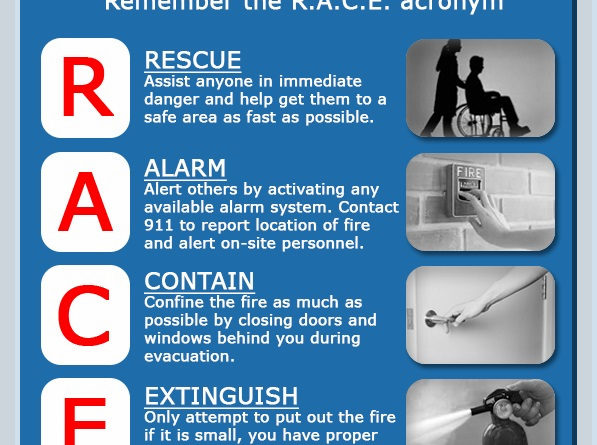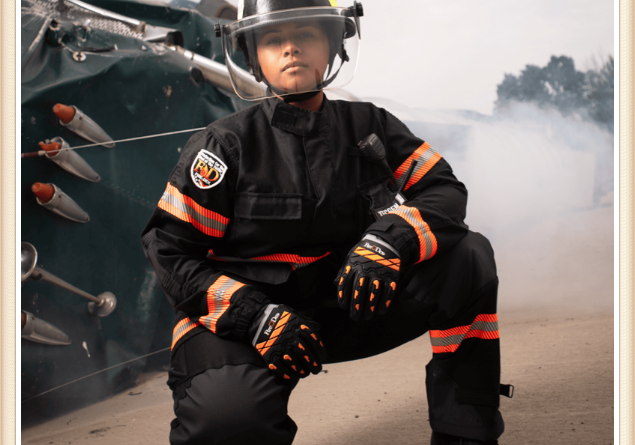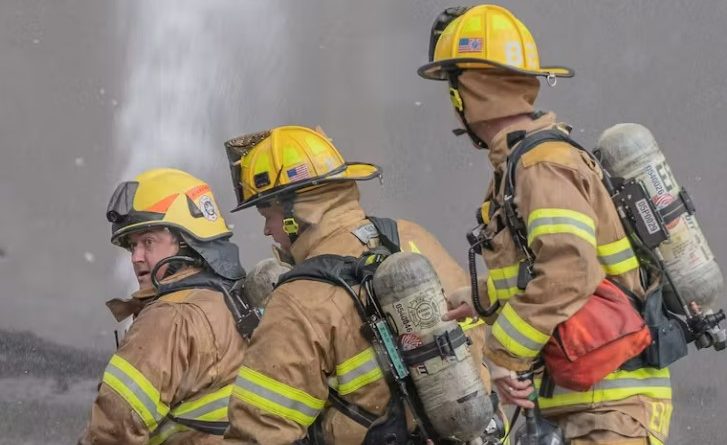
Introduction
Fire helmets are the backbone of Fire safety in the field of fire, Rescue and safety professionals are are widely used worldwide. In this piece of weriting, we will explore the details and essential features of the fire helmet. The helmets which plays a vital role in the protection of lives of firefighters. Starting from the history to modern-day products, we will digout everything that someone may want to know. We will also compare the European fire helmet with its American counterpart and examine the key differences between them.
Unveiling the Anatomy of the Fire Helmet
The fire helmet is not only a vital part of fire safety but is also a well-designed armor, designed to protect firefighters from hazards.
Outer Shell
The outer shell of the fire helmet regardless of the type- European or American design, is made from a durable material. The material may include fiberglass composite or thermoplastic. This material in outer shell provides first line of defense against heat and other impacts.
Impact Cap
After the first line of defense in the form of outer shell, another layer called impact cap lies to protect the user. This layer is designed to absorb and reduce the force of any sudden impact. This layer is just like a shock absorber which result in reduction of injuries.
Suspension System
The suspension system is an essential component that ensures a secure and comfortable fit for the firefighter. It comprises adjustable straps and padding, which help distribute the weight of the helmet evenly across the head.
Headlamp Bracket
Many modern fire helmets, including European and American models, feature a headlamp bracket, allowing firefighters to illuminate their surroundings while keeping their hands free for other tasks. This feature enhances visibility in dark and smoky environments, ensuring safer operations.
Eye Protection
Firefighters often encounter situations with smoke, embers, and flying debris. To shield their eyes, fire helmets, whether European or American, incorporate visors or goggles made from heat-resistant materials, providing clear vision while guarding against potential hazards.
The Evolution of Fire Helmets
Fire helmets have evolved significantly throughout history, adapting to meet the changing needs and advancements in firefighting technology. Let’s take a journey through time and explore the notable milestones in the evolution of these products.
Ancient Beginnings
Firefighting dates back to ancient civilizations, where primitive helmets made of leather or metal were used to provide rudimentary protection against flames and falling objects.
The Cairns Helmet
In the late 19th century, the iconic Cairns-style helmet gained popularity. Made of leather, it featured a long brim to shield the face from heat and a distinct dome shape for enhanced strength.
The Birth of Modern Fire Helmets
With the introduction of industrialization, advancements in materials and manufacturing techniques revolutionized fire helmets. Fiberglass, thermoplastics, and composite materials replaced leather, providing greater durability and protection.
Integration of Communication Systems
As technology progressed, fire helmets integrated communication systems, allowing firefighters to stay connected and coordinate their efforts seamlessly. These systems enabled real-time communication in high-stress situations, improving efficiency and safety.
European Fire Helmet vs. American Fire Helmet
When comparing European fire helmets to their American counterparts, several notable differences come to light. These differences reflect variations in firefighting practices, regulations, and preferences between the two regions.
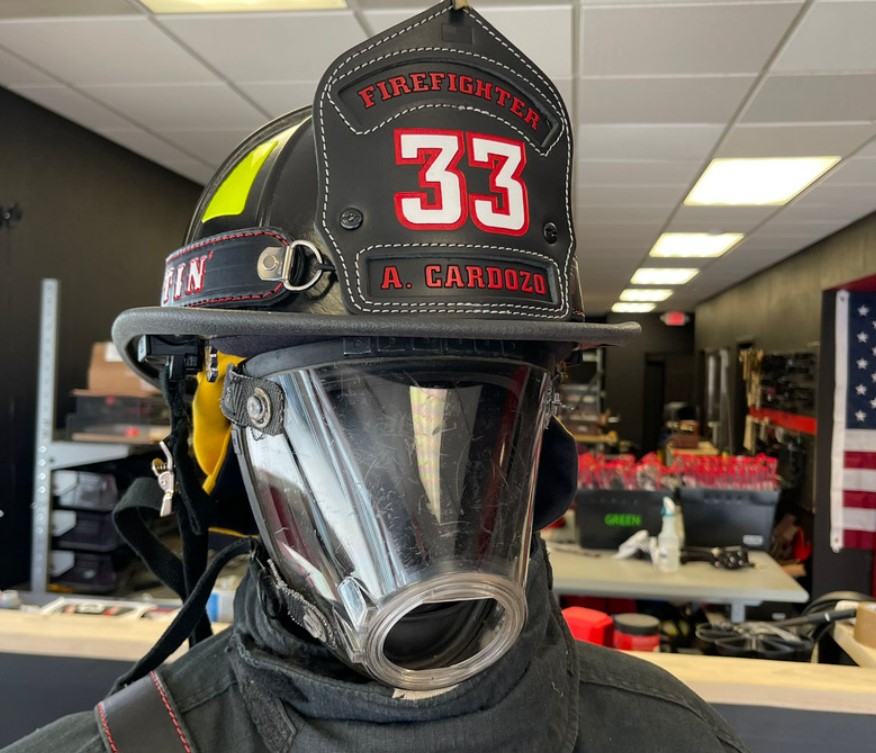
Design and Appearance
European fire helmets often have a sleeker, more streamlined design compared to the bulkier American fire helmets. European helmets tend to have a shorter brim, offering a wider field of vision.
Material Composition
While both European and American fire helmets utilize advanced materials like fiberglass or thermoplastics, the specific composition may vary. European helmets may incorporate different composite materials or technologies tailored to regional requirements.
Certification Standards
European fire helmets adhere to the certification standards set by the European Committee for Standardization (CEN), while American products follow the guidelines established by the National Fire Protection Association (NFPA). These standards ensure that helmets meet specific safety and performance criteria.
Accessories and Features
Fire helmets on both sides of the Atlantic are equipped with similar essential features, such as adjustable suspension systems and eye protection. However, the availability and design of additional accessories may differ between European and American models, reflecting regional preferences.
FAQs about Inside the Fire Helmet
What standards govern the design and safety of fire helmets?
These must comply with standards set by organizations like the National Fire Protection Association (NFPA) in the United States and the European Committee for Standardization (CEN) in Europe to ensure they meet strict safety criteria.
How often should fire helmets be inspected?
Fire helmets should undergo regular inspections according to the manufacturer’s guidelines and relevant certification standards. Regular inspections help identify any damage or wear that may compromise the helmet’s integrity.
Are European fire helmets widely used in the United States?
European fire helmets may not be as prevalent in the United States as American-designed due to differences in certification standards and regional preferences. However, some fire departments or individual firefighters may choose to use European product based on personal preferences or specific needs.
Can firefighters personalize their fire helmets?
Personalization of these products is often allowed, provided it does not compromise the integrity or functionality of the helmet. Fire departments may have specific guidelines on permissible customizations.
What should I do if my fire helmet sustains damage?
If your fire helmet sustains damage, it is crucial to follow your department’s protocol. In general, damaged helmets should be immediately removed from service and inspected by a certified professional for repairs or replacement.
Conclusion
In conclusion, the fire helmet, whether European or American, is a critical piece of protective equipment that has undergone remarkable advancements throughout history. From its sturdy construction to the integration of modern technologies, fire helmets continue to evolve to meet the ever-changing demands of firefighting.

Hi, I am John Smit a Captain in Fire Department City of Newyork with over years of experience in the field of Firefighting and HSE. My passion for fire safety started when I was a young boy and witnessed a neighbor’s house go up in flames along with precious lives. Since then, I had dedicated my life to ensuring the safety of buildings, properties, and individuals in case of a fire and medical emergencies.

